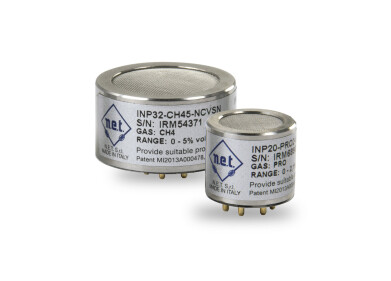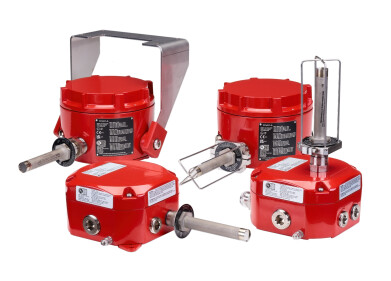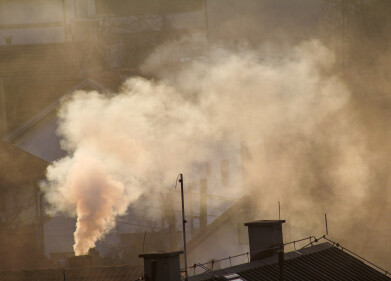Safety
HFO: New IR technologies for the detection of A2L Gases
Sep 11 2019
Non-polluting refrigerant gases with low Global Warming Potential (GWP) must be used since the approval of the new Fgas Regulation, establishing the minimum requirements and the conditions for the recognition of the certification of companies with regards to stationary refrigeration, air conditioning and heat pump equipment containing fluorinated greenhouse gases. These gases can be chosen either among the natural gases such as carbon dioxide, ammonia and hydrocarbons or among the synthetic refrigerants among which R1234yf and R1234ze olefins.
However, this means checking the gas leaks from these systems to ensure the safety of people and animals and to safeguard the environment. As a result, even major hotel chains are increasingly installing gas leak detection systems both in public and meeting areas and in bedrooms where the air conditioning system and the coolers can be positioned to ensure their guests’ safety.
In any case, the studies and the research of new refrigerant gases is continuous with an increasing demand to use new so-called HFO gases with low or null GWP but which are “medium” flammable (A2L).
Specialised sensor technology is more and more in demand for the detection of this type of gas. The new detectors with infrared technology (NDIR) can detect refrigerant gas leaks very quickly (in a few seconds). They are selective gas sensors and they can identify the type of leak. They are also very stable over time and they keep calibration much longer than the old technology.
A very important feature is that the IR sensor cannot be damaged (poisoned) and so it cannot be destroyed by the composition of the gas to detect. This applies especially to HFO gases that can poison semiconductor or catalytic sensors. Now this new technology has a very competitive price thanks to research, development and market demand.
For example, Sensitron’s Smart-3H is available in two versions as a wall sensor and a flush mounted model. It can also be obtained in the 220V stand alone version with enabled light and sound alarms or in the 10-30V version that can be connected to the gas control panel to monitor and remotely silence alarms.
Digital Edition
PIN 25.5 Oct/Nov 2024
November 2024
Analytical Instrumentation - Picturing Viscosity – How Can a Viscometer or a Rheometer Benefit You? - Sustainable Grease Formulations: Evaluating Key Performance Parameters and Testing Method...
View all digital editions
Events
Jan 20 2025 San Diego, CA, USA
Jan 22 2025 Tokyo, Japan
Jan 25 2025 San Diego, CA, USA
SPE Hydraulic Fracturing Technology Conference and Exhibition
Feb 04 2025 The Woodlands, TX, USA
Feb 05 2025 Guangzhou, China



















